Building your executive brand is both an art and a science. Showcasing your uniqueness and creativity is an art, but showcasing it in a way that positions you as an industry leader is a science.
Traditionally, career advancement often involves obtaining advanced degrees and specialized training. Now, it involves having an executive brand that conveys the added value you can bring to an organization.
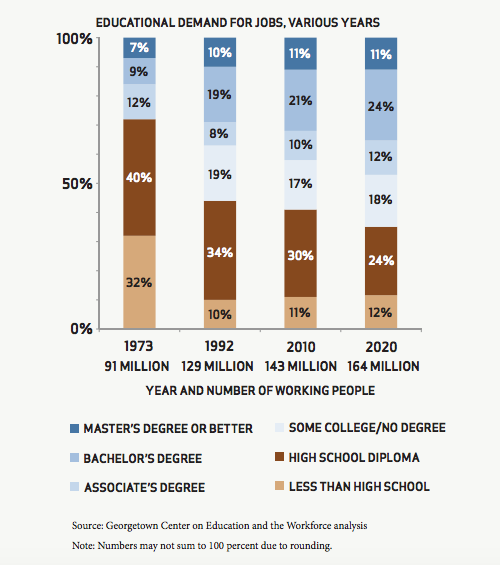
A brand that has all the signs of a large network of potential customers, clients, partners, and sponsors. A brand that embodies the organization’s culture, vision, and mission.
When brand messages are shared by employees on social media, they get 561 percent more reach than the same messages shared by the brand’s social media channels.
An executive brand verifies your value and creates a familiarity that enhances trust between you and potential customers. In the B2B space, most buyers engage with a sales rep once they are half-way through the purchase process.
As a result, a strong executive brand will enhance the connection with the executive’s organization long before the first point of contact.

If you’re looking to advance your career by becoming more marketable, you should consider building your executive brand now. Download our Digital Branding Checklist for Business Executives to get started.
A strong executive brand will differentiate you from others by showcasing the good-fit qualities and value you offer potential employers.
By aligning your key areas of expertise, strengths, passions, and relevant personal attributes with your target employers current needs, your executive brand makes you stand out from the crowd.
How To Build Your Executive Brand
 An executive brand encompasses personal branding attributes but does not account for converting an organization’s prospects. Conversion is the key difference between digital branding and personal branding.
An executive brand encompasses personal branding attributes but does not account for converting an organization’s prospects. Conversion is the key difference between digital branding and personal branding.
SEE ALSO: Personal Branding vs. Digital Branding
In many cases, a strong executive brand will help the executive and organization reach business objectives. The executive can acquire a position by differentiating herself with a great executive brand and begin converting prospects with a simple status update during her first day in the office.
Building a strong executive brand involves conveying your personal and business attributes. This may be difficult for some executives as they may be unaware or uncomfortable with incorporating their personal and professional lives.
Opening up and being more personal on social media will benefit your executive brand building. The notion that people like to do business with people they know, like, and trust holds true and is evident in your career. Now, you must apply that same principle when building your executive brand.
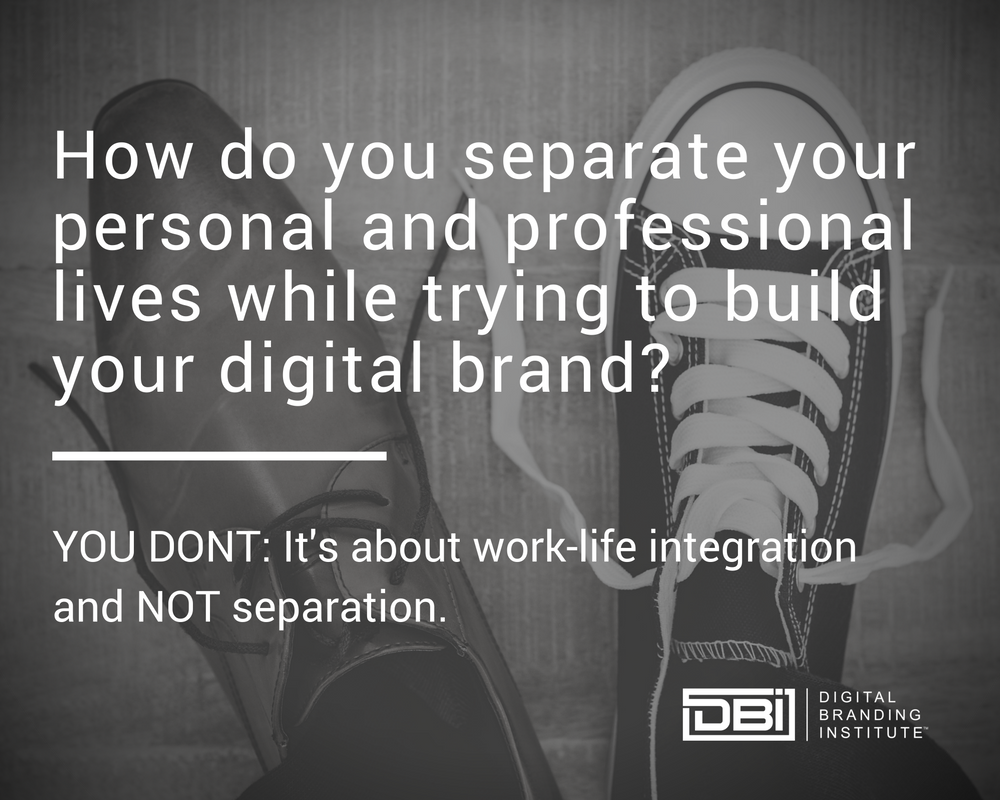
Here’s the first step…
Finding Your Executive Brand Voice
Your executive brand voice is separate from your organization’s voice or communication. When your organization is tweeting, blogging, or sharing news, it’s important that you add your own narrative to the content. You should avoid working from a script or simply repeating the same information.
It’s important to let your personality shine through while expressing core corporate values, brand personality and your philosophy for doing business.
Four Components of An Executive Brand Voice
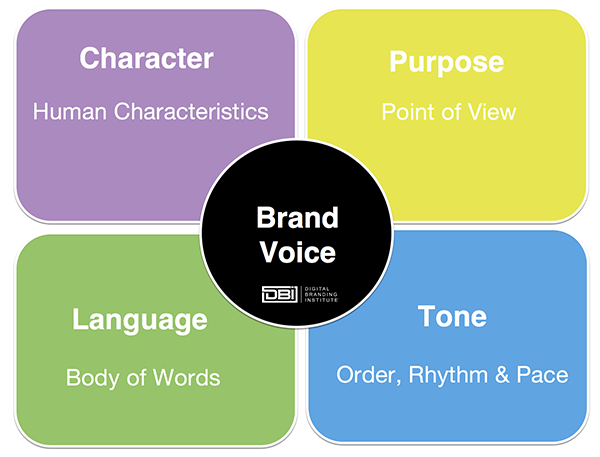
- Character – This is the human aspect of your executive brand voice. It conveys that a message is not a robot but has all the attributes of human emotion.
- Purpose – This conveys your executive brand’s value proposition. It’s the reason why prospects should listen, follow, and engage with your brand.
- Language – This is the language used to describe your products and services. Southwest Airline’s “Transfarecy” is a good example.
- Tone – It’s not what you say but how you say it. An executive brand’s tone of voice involves the order, and pace of words while communicating.
The importance of listening in business outweighs talking on any level. We have one mouth and two ears for a reason. The next section details why listening is important when building your executive brand.
Keep Your Ears to The Streets
Listening to what your customers are saying is as important to your executive brand as speaking. The objective is to serve your target audience better than your competitors can.
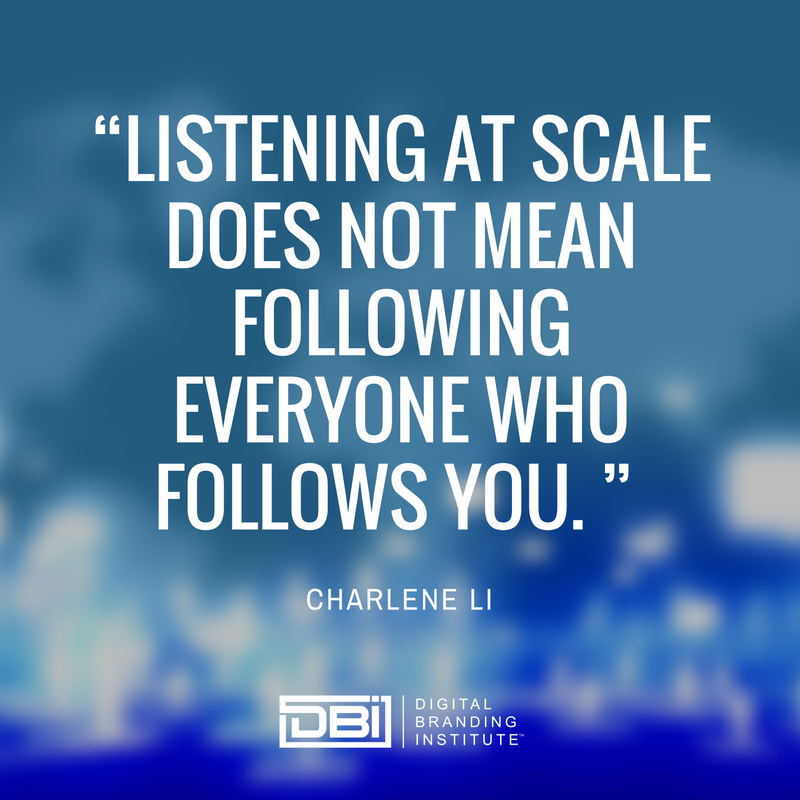
A great tactic is to set up Google Alerts to discover what is being said across the Internet. This involves alerts from your name to the products and services your organization offers.
SEE ALSO: How To Use Social Listening To Keep Tabs On The Competition
Show Your Executive Brand Value
The best way to show your brand value is by sharing, not selling.
Your Organization
By adding value to your followers, your company will be perceived as adopting the same principles. This perception increases the organization’s brand equity.
This equity increase can be attributed to a quantifiable increase in revenue and, in turn, can be linked to the added value your brand brings the organization.
Your Followers
Showcase the value of your brand by sharing information that your customers and prospects need—even if it’s not directly related to your product or service. In fact, you will build more trust by sharing information outside of your organization’s offerings.
SEE ALSO: How to Use Content Marketing to Build Your Digital Brand
Executive Brand Essential Content
Building a valuable brand involves creating content that will position yourself effectively. Here are a few ways you can use content to position yourself as an industry leader.
Executive brand positioning statement
Every large corporation has a mission statement.
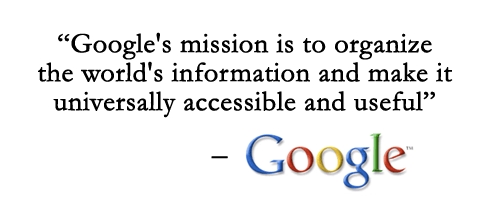
For Google, it’s “to organize the world’s information and make it universally accessible and useful.”
Your executive brand positioning statement should link your areas of expertise (using the most relevant keywords you’ve identified) with your key personal attributes, in content that will resonate with your target audience.
Here’s an example of a brand statement for Denise Morrison, CEO of Campbell Soup Company:
“To serve as a leader, live a balanced life, and apply ethical principles to make a significant difference.”
Promoting Your Brand
An effective way to promote your executive brand is by communicating and engaging on social media. Social media is where executive recruiters and hiring managers hang out and search for candidates.
There are many social media destinations to promote your brand.
Here are just a few of the best ones:
LinkedIn Groups
Join LinkedIn Groups where hiring decision makers and prospects are active. The objective is to demonstrate your subject matter expertise by starting discussions, contributing content, and providing your though-leadership.
Leverage Twitter to position your brand as a thought-leader in your industry. Participate in #TwitterChats, respond to industry topics, and post your original content to take advantage of all Twitter has to offer.
If done correctly, you can convey value to your prospects and organization.
Here’s an example of Carolyn Miles, CEO of Save the Children:

Carolyn is both active on her organization’s blog, Logging Miles or on her appropriately named Twitter account @carolynsave.
Personal Blogs
Starting and maintaining your own blog is the best option but, if that’s not a realistic commitment for you, try guest blogging and/or commenting on relevant blogs.
Here’s an example of Dr. Eric Dickson, President and CEO of the UMass Health Care:
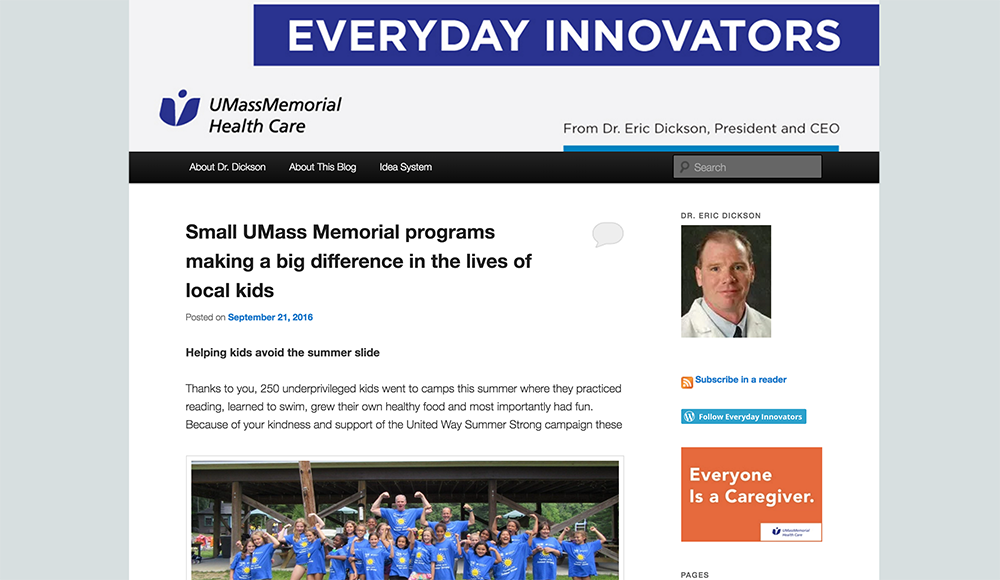
Dr. Dickson contributes to the blog for UMass Memorial, Everyday Innovators. Dr. Dickson invites both physicians and patients to join in the conversation around innovation and health care.
In Conclusion
Building a valuable executive brand is easy when you have the right guidelines. Once your brand is established, you can reap the rewards of positively differencing yourself from other executives in your field.
You can convey the value you’ll bring any organization if an offer is extended and use your brand as leverage when negotiating compensation.
No need to worry about the time needed to properly build an executive brand. Even the hardest working executives find time to post and comment on social media as well as blog.
As an executive, you have the opportunity to reach and engage with a devoted audience that appeals to your personal story and may be more willing to work with you and your organization as a result.













